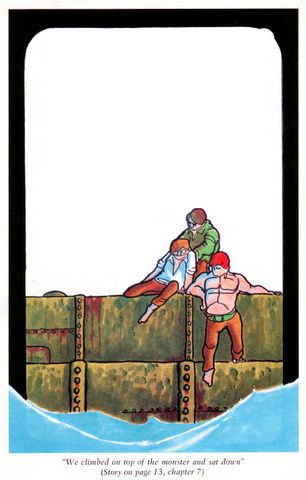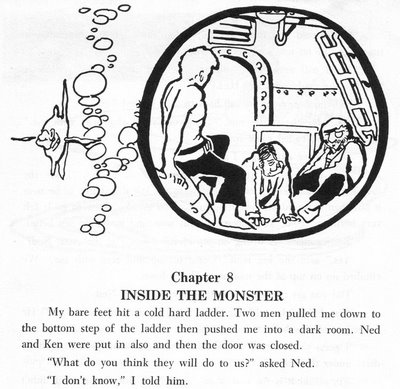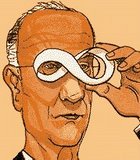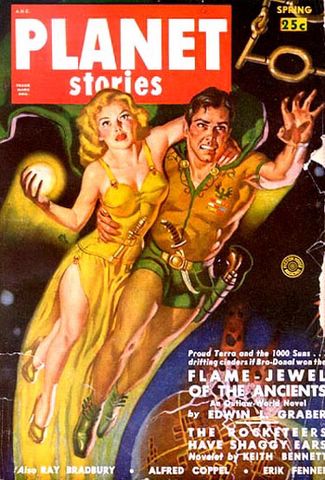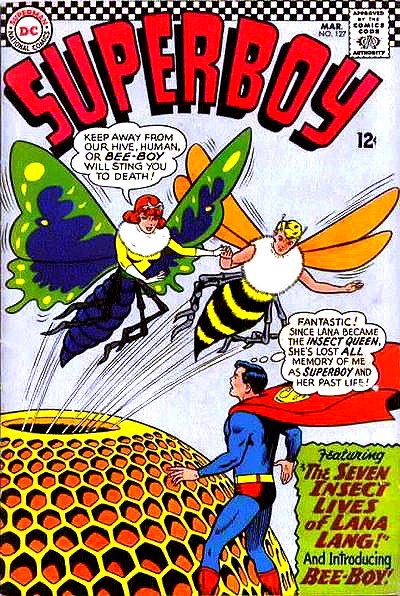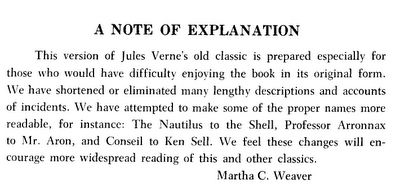Frenzied star-making in the Milky Way Galaxy starting about 2400 million years ago had extraordinary effects on life on Earth. According to new results published by Dr. Henrik Svensmark the variability in the productivity of life is closely linked to the cosmic rays that rain down on the Earth from exploded stars. They were most intense during a baby boom of stars, many of which blew up.
 Art © Darwyn Cooke
Art © Darwyn Cooke 'The odds are 10,000 to 1 against this unexpected link between cosmic rays and the variable state of the biosphere being just a coincidence, and it offers a new perspective on the connection between the evolution of the Milky Way and the entire history of life over the last 4 billion years,' Dr Svensmark comments.
Svensmark looked at the long record of life's bounty given by counts of heavy carbon atoms, carbon
13, in sedimentary rocks. When bacteria and algae in the ocean grow by taking in carbon dioxide they lock up C
12 causing the sea to become enriched in C
13. Variations in C
13 therefore record how much photosynthetic growth [biological productivity] was in progress when the marine shell-makers were alive.
The biggest fluctuations in productivity coincided with high star formation rates and cool periods in Earth's climate. Conversely, during a billion years when star formation was slow, cosmic rays were less intense and Earth's climate was warmer, the biosphere was almost unchanging in its productivity.
Most likely, the variations in cosmic radiation affected biological productivity through their influence on cloud formation. Hence, the stellar baby boom 2.4 billion years ago, which resulted in an extraordinarily large number of supernova explosions, had a chilling effect on Earth probably by increasing the cloud cover.
link
